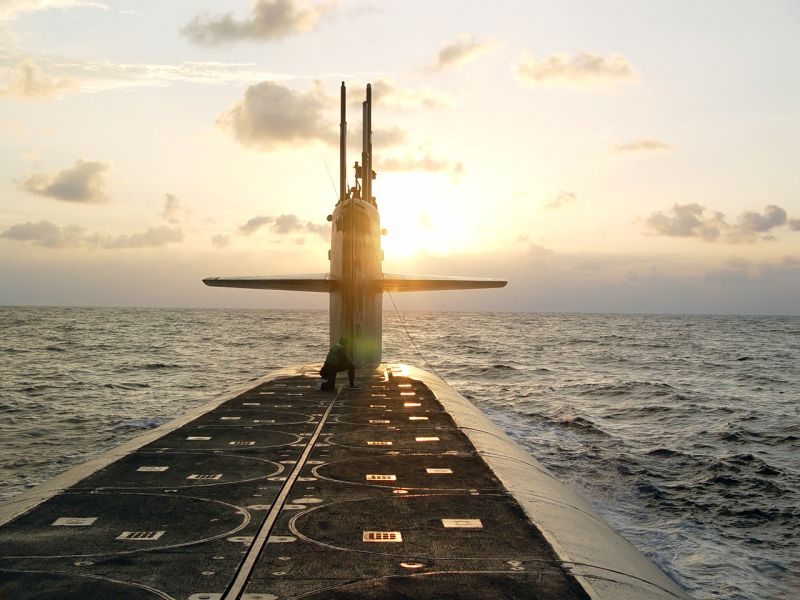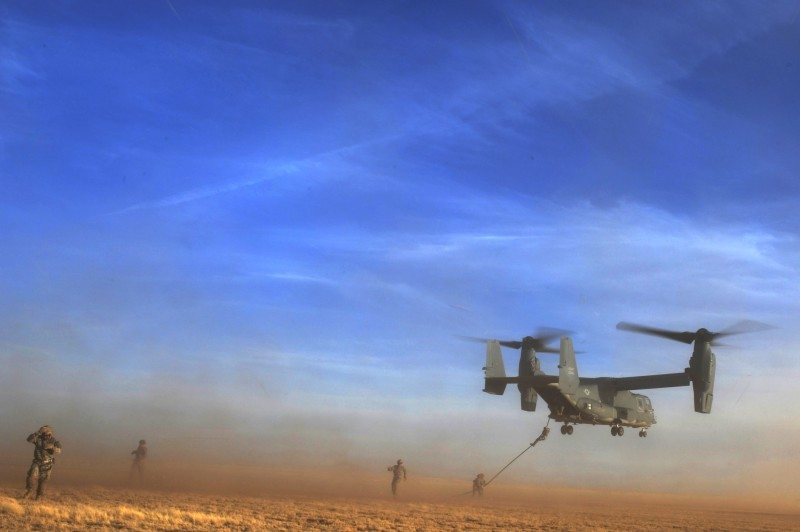By Rear Adm. Richard Breckenridge, Director, Undersea Warfare, OPNAV N97
There has been a good deal of conversation recently debating the size of the Navy’s ballistic missile submarine force and need for a nuclear deterrent. Some of the information used in this reporting references SSBN patrol data available to the public that is limited in content. I’d like to take the opportunity to address some of the assertions and conclusions drawn from incomplete SSBN operational data.
The most fundamental purpose of the SSBN force is to deter nuclear attack against the United States and against our friends and allies. The SSBN force does this as a part of our nuclear triad with the SSBN force providing the survivable assured response. This response is delivered by ensuring that the required quantity of SSBNs is loaded with the required number of warheads is hiding in the right locations at sea and connected by the right communications links.
The president, National Security Council, secretary of Defense and U.S. Strategic Command establish the policies and plans that determine the required quantity of SSBNs that must be at sea. For more than 50 years, the Navy has adapted and revised the SSBN force and its operations to meet this national requirement in the most cost-effective manner. As a practical matter, the specifics of our SSBN operational patterns and locations are not public knowledge; this would undermine the operational security upon which a survivable deterrent must depend. Without providing operational details, here are some key points we’d like to make to shape this conversation.
We have the right number of SSBNs to provide our required sea-based deterrent.
Some contend we can reduce our SSBN force and still meet requirements. This is not true. The current force of 14 SSBNs is necessary to provide 10 operational SSBNs and support our national deterrence requirements. Our SSBN force is sized with a clear recognition of the need to sustain required at-sea deterrence even during refueling overhauls and other modernization and certifications. Reducing the force by even one operational SSBN today would gap deterrent coverage. The 2010 Nuclear Posture Review acknowledged this when it noted that only as the end of the refueling overhauls is approached in 2015 should we begin to consider the potential to reduce the SSBN force to 12 ships.
Operational SSBNs remain as fully utilized today as they have been over the last decade.
Use of data on the number of patrols and notional “typical” values for patrol length and operating cycles can be misleading. In particular, the “number of patrols” is a poor predictor of days doing the deterrence mission. It is true that since the mid-1990s, the SSBN deterrence requirement has been reduced to reflect a smaller force (14 total vice 18) and the commencement of overhauls of those 14 SSBNs (now only 10 to 12 operational SSBNs vice 18). Since those adjustments, however, the pace at which our operational SSBNs go to sea in the conduct of the deterrence mission has remained essentially constant and offers no slack.
Looking forward, the Navy needs to sustain at least 10 operational SSBNs to meet requirements.
It has been posed that the SSBN force can be reduced even more than planned because the targeting requirements will decrease in the future and the Navy could compensate for a smaller force by loading more warheads onto each missile. Strategic planners do not see things this way. The nuclear trajectory of the international community is in grave doubt, and there is every indication that U.S. deterrence will play an increasing – not decreasing role in the future. This occurs even as we reduce our SSBN-loaded missiles from more than 240 today to 160 when the last Ohio retires. There is already risk in this projection; there is no need to introduce more.
In order to sustain 10 operational SSBNs from now through the introduction of the new SSBN, we must complete refueling overhauls of all 14 Ohio SSBNs and operate the 12 newest of them to their full 42-year extended life. Doing this successfully will require extraordinary attention, careful maintenance, excellent engineering skill and dedicated, well-trained operators, and it will produce a lean SSBN force working very hard to provide the Nation with the required survivable assured nuclear response capability while doing the necessary maintenance to support obligations over the long-term.











